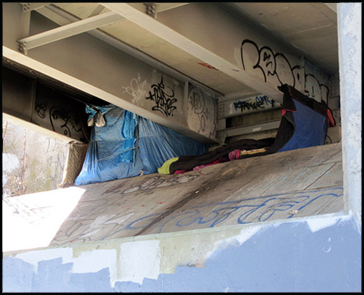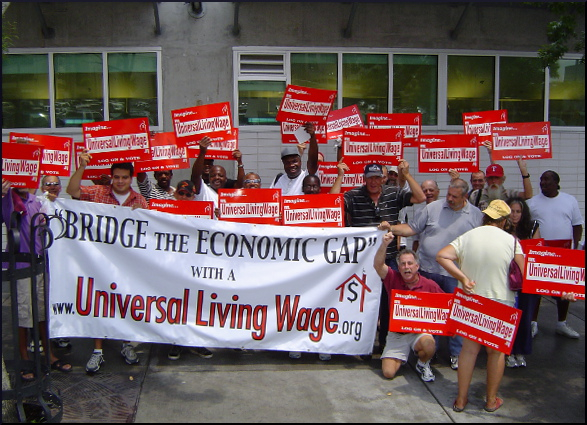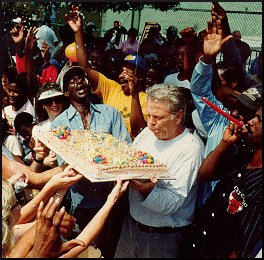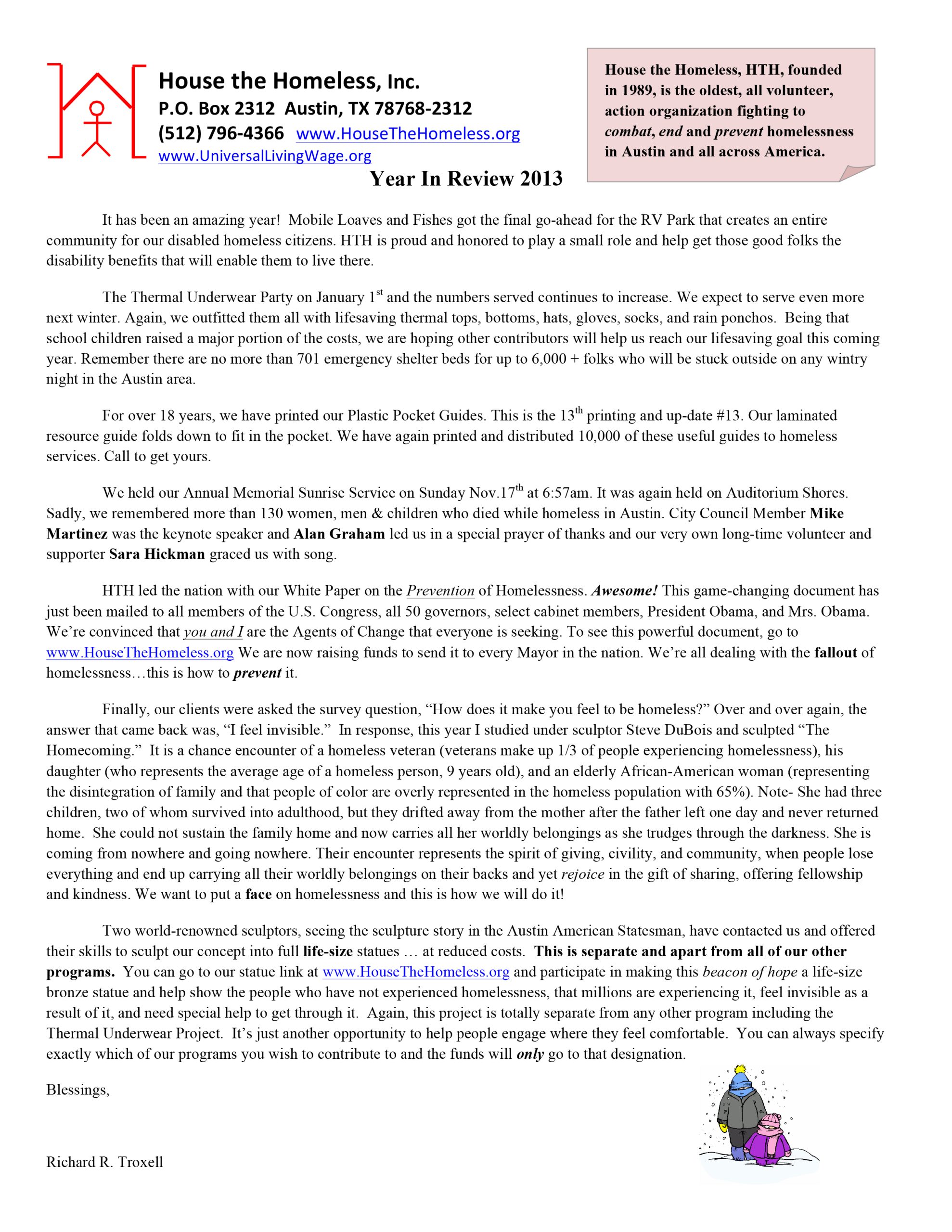Not since 1938 following the Great Depression and the creation of the Federal Minimum Wage, FMW, has our nation had as great an opportunity to create income equality and simultaneously stabilize our small businesses.
What people do not understand is that as opposed to when I was a young lad, we now have people who work a full 40 hour a week job but, in spite of that, are becoming homeless. Incredible! The basic opportunity to chase the American Dream has vaporized. Because the FMW was never linked to any economic standard, the cost of the most expensive item in the budget of every single American, housing, has now moved beyond the reach of every hard working minimum wage worker. A full time minimum wage worker simply cannot afford a one room, efficiency/studio, apartment.
We are a nation of a thousand plus economies. Everyone knows that the cost to live in Biloxi, MS, is not the same as it is to live in Santa Cruz, CA, or Washington, D.C., or New York City. One size does not fit all whether it is $7.25 per hour or $9.00 per hour. The federal minimum wage must relate to the minimum cost of housing where a person lives! In this fashion, if a person works 40 hours of work, then that full-time, minimum wage worker will not become homeless due to economics. This will end homelessness for over 1,000,000 minimum wage workers. Think of the tax savings. Small businesses that rely on these workers may finally be able to address their start up failure rate of 64% after 4 years and 90% after 5 years by no longer having to rely on destabilized workers. Carpe Diem!














